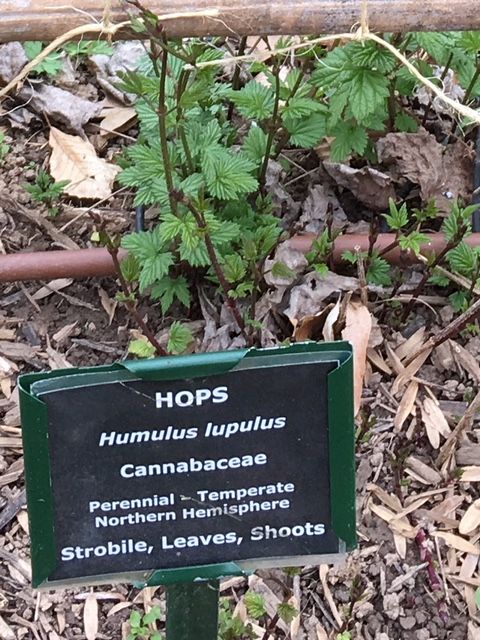
Since hops are Herb of the Year for 2018, I figure I ought to tell you about growing them–actually they are fairly easy to cultivate. Some gardeners find them to be invasive, since they send out underground runners and are a rapid-growing vine; they definitely need support and room to spread.
The home brewer, as well as herbalists, may buy dried hops at specialty shops, however, more and more home brewers who also garden are raising their own hops, especially organic hops. Beers are prepared by fermenting malt (soaked and germinated grain, typically barley) and then flavoring the brew with a plant full of bitter resins, typically hops.
Hops were introduced to New York around 1629 and Virginia in 1648. European hops have become naturalized (along with Japanese hops, H. japonicus Sieb. & Zucc.), in waste places, fence-rows, old house sites, and so on from Canada to New Mexico.
The first commercial crop of hops was established in New York in 1808. Later, the plant moved west to Wisconsin. Today the Yakima Valley in Washington produces about 75 percent of the hops grown in the United States, with limited production in the Upper Midwest.
Numerous cultivars are available-they might look somewhat similar-although they taste different. Perhaps one of the most commonly available ones for the home gardener is ‘Cascade’. ‘Cascade’ has a distinct fragrance and used to give flavor and aroma to American light lagers. Other cultivars now available in specialty plant catalogs include ‘Centennial’ (with floral and citrus notes), ‘Nugget’ (with acute bitterness), and ‘Tettnang’ (with a mild aroma). Golden hops is a showy plant in the garden.
Cultivation and propagation
Hops are perennial dioecious (“two houses” or separate sexes) bines or vines to 33 feet; male vines bear male flowers in loose axillary clusters, while female vines bear flowers called strobiles that are cone-like at maturity. Leaves are dark green, heart-shaped, and with three to five deep lobes. The whole plant is rich in bitter resins and thus useful in brewing beer. Seedless hops, produced by preventing pollination, are considered more desirable by brewers; the weight is 30 percent less than seeded hops, but seedless hops are more shatter-resistant.
Hardy to zone 5, hops are adapted to a wide range of climates. In areas where rainfall is lacking, irrigation may be required. Deep, sandy loam in full sun with an average pH of about 6.5 produces the best hops harvests. Levels of phosphorous and potassium are similar to those required for corn; a soil test is necessary before any recommendations can be made, and your county agricultural agent can provide interpretations of the results.
Since nitrogen is removed by the harvested portion of hops every year, organic fertilizers of 2 to 5 percent nitrogen are preferred. Hops are propagated by the runners that arise from the crown just below the soil surface. In May the runners are cut into 6- to 8-inch-long pieces, each bearing at least two sets of buds. Cuttings are planted immediately in hills, two to four cuttings per hill, with the buds pointed up and covered by 1/4-to 1-inch of soil, with a spacing of approximately 8- x 8-feet.
Hops are grown on an overhead trellis. When the vines are about 2 feet long, two to six vigorous vines per hill are selected and trained up a wire trellis. When the vines are securely attached to the wires, the lowest 4 feet of leaves and lateral branches are carefully removed to aid in preventing diseases such as downy mildew and insect pests such as spider mites. Suckers rising from the base early in the season are continually removed to promote the growth of selected vines, but the hardiness of the crown is fostered by allowing the suckers to persist later in the season.
Weed control is usually by early mechanical cultivation 6 to 10 inches deep to incorporate surface organic matter, followed by shallow cultivation 2 to 4 inches deep later in the season. Late-season cultivation inhibits growth and leads to early ripening.
Harvesting and preserving
In the Pacific Northwest, where the majority of the hops are grown in the U.S., hops are harvested from mid-August to mid-September; plants are prime for picking (when the strobiles are full of the bitter yellow lupulin) for only five to ten days, and delayed harvesting causes shattering of the cones and discoloration.
Home gardeners should gauge harvest readiness by the cones’ growing slightly papery and giving off a pronounced hoppy odor; I squeeze them–they should feel full and have a little give. I also slice them open to check on the development of the yellow lupulin. Brown spots indicate over maturity.
To dry and store the hops, a food dehydrator may be used, but do not exceed 140°F. I dry mine overnight in the oven with the light on. After drying, move the hops to a cooling room for a day or a two to allow them to “even up.” Any storage and transport should be below 40°F; home brewers may prefer to refrigerate or freeze the cones. I store mine in jars and keep them out of light.
Some of this information is adapted from the Hops entry in The Culinary Herbal: Growing & Preserving 97 Flavorful Herbs by Susan Belsinger and Arthur Tucker, published by Timber Press in 2016.
Fine Gardening Recommended Products
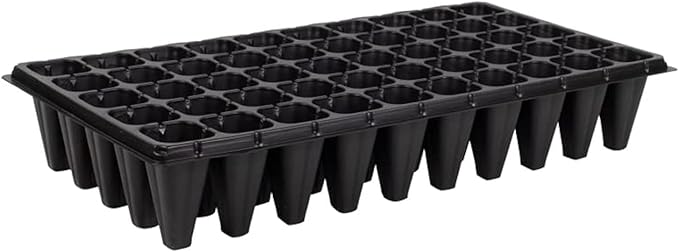
Nothers RooTrimmer 50 Cell, 10pcs
Fine Gardening receives a commission for items purchased through links on this site, including Amazon Associates and other affiliate advertising programs.
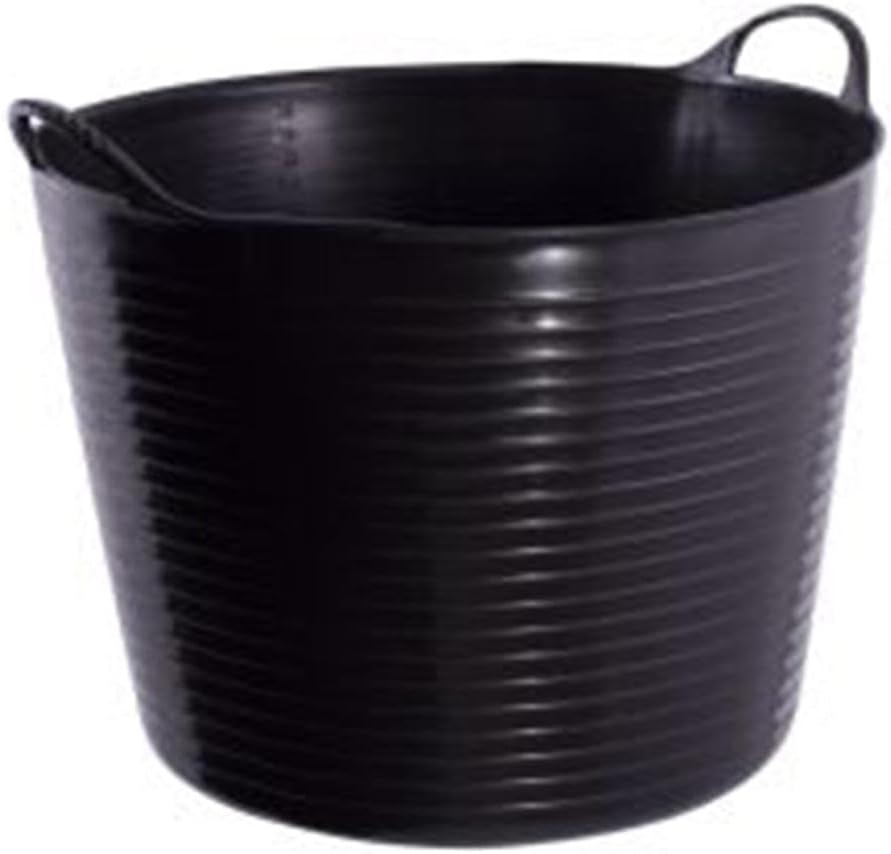
Tubtrugs SP42GBK Flexible Black Gorilla Large 38 Liter/10 Gallon Capacity
Fine Gardening receives a commission for items purchased through links on this site, including Amazon Associates and other affiliate advertising programs.

Flat Soaker Hose 75 150 FT for Garden Beds
Fine Gardening receives a commission for items purchased through links on this site, including Amazon Associates and other affiliate advertising programs.


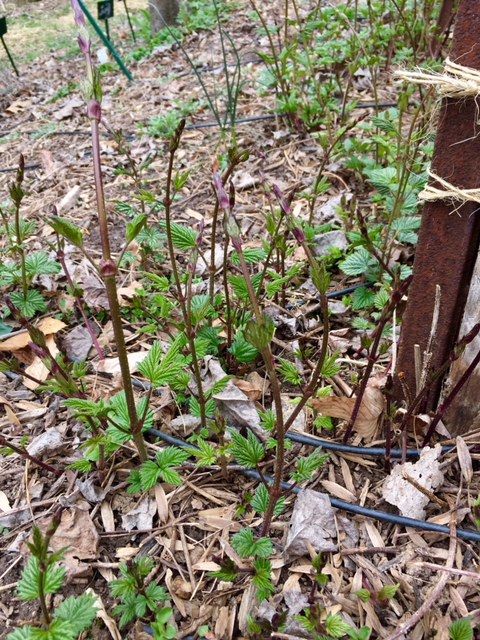
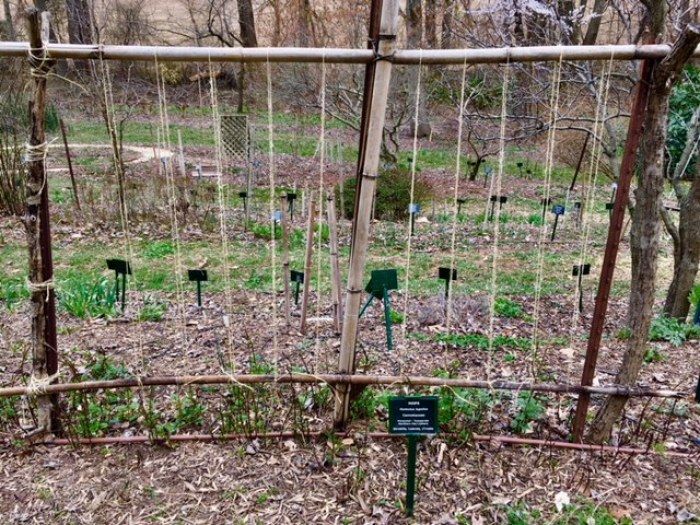















Comments
Log in or create an account to post a comment.
Sign up Log in